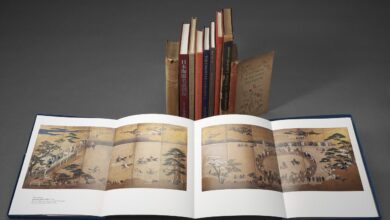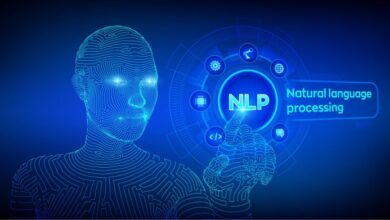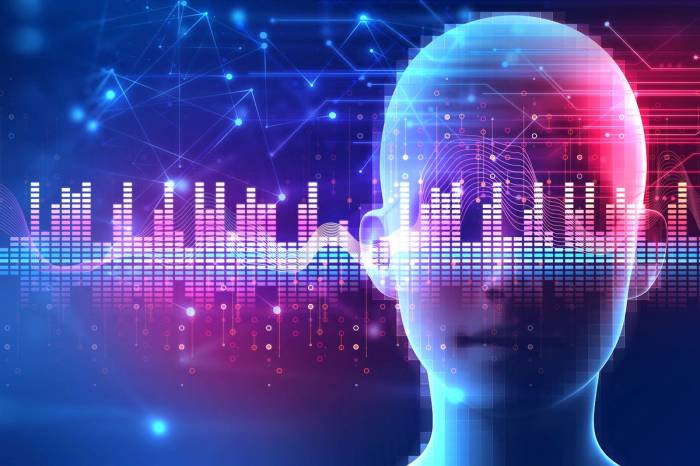
Is AI a culture? It’s a question that sparks curiosity and prompts us to re-evaluate our understanding of what defines a culture. As AI permeates every aspect of our lives, from the information we consume to the art we create, it’s undeniable that its influence is shaping our cultural landscape.
This influence extends beyond technology itself, impacting our values, beliefs, and even our sense of identity.
From personalized recommendations to AI-generated art, we are increasingly interacting with AI in ways that are shaping our cultural experiences. The implications are vast, touching upon everything from the preservation of cultural heritage to the potential for greater cultural diversity and inclusion.
AI and Cultural Influence
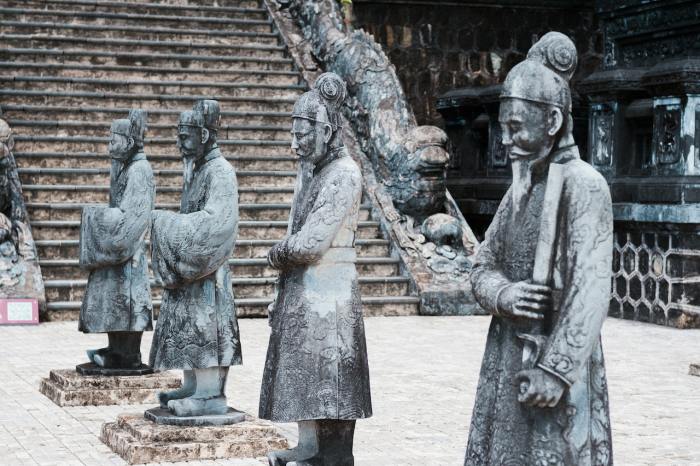
AI is rapidly becoming an integral part of our lives, influencing how we create, consume, and interact with culture. From the way we access information to the art we appreciate, AI is leaving an indelible mark on our cultural landscape.
AI’s Impact on Cultural Expression
AI is transforming the way we express ourselves creatively. AI-powered tools are empowering artists, musicians, and writers to explore new frontiers and push the boundaries of their craft.
- AI-powered music composition: AI algorithms can analyze vast amounts of musical data, identifying patterns and generating unique melodies, harmonies, and rhythms. This has led to the creation of entirely new genres and styles of music, blurring the lines between human and machine creativity.
For example, AI-powered music platforms like Amper Music and Jukebox allow users to generate custom soundtracks for videos, games, and other media.
- AI-generated art: AI algorithms are being used to create stunning visual art, ranging from paintings and sculptures to digital art and photography. These algorithms can learn from existing art styles and create new works that mimic or even surpass human creativity.
Examples include AICAN, an AI artist that generates abstract paintings, and Deep Dream Generator, which uses neural networks to transform images into surreal and dreamlike compositions.
- AI-assisted writing: AI writing assistants can help writers generate ideas, improve their grammar and style, and even write entire articles or stories. Tools like Grammarly, Hemingway Editor, and Jasper can analyze text and provide suggestions for improvement, freeing up writers to focus on their creative process.
AI in Cultural Heritage: Is Ai A Culture
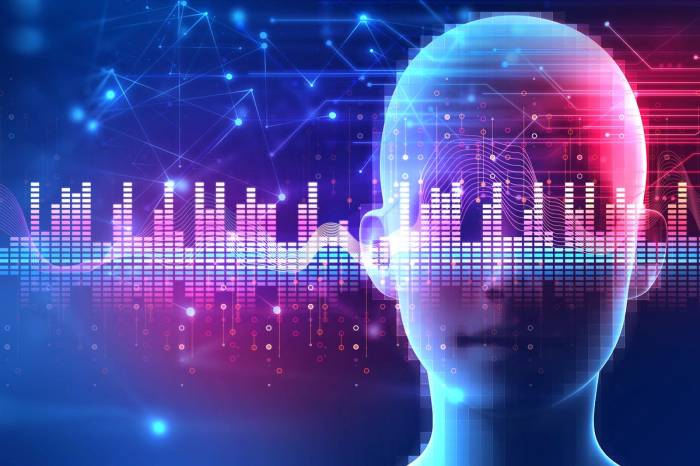
AI is playing an increasingly significant role in preserving and revitalizing cultural heritage around the world. From digitizing ancient artifacts to analyzing historical documents, AI tools are helping us understand and appreciate our past in new ways.
AI in Digitization and Analysis, Is ai a culture
The digitization of historical artifacts and documents is crucial for preserving cultural heritage. AI algorithms can be used to automatically create high-resolution 3D models of objects, allowing for detailed examination and analysis without the need for physical access. This is particularly important for fragile or inaccessible artifacts.
For example, the British Museum has used AI to create 3D models of ancient Egyptian hieroglyphs, allowing researchers to study them in detail and decipher their meaning. Similarly, the Smithsonian Institution has used AI to digitize and analyze its vast collection of historical documents, making them accessible to researchers and the public alike.
Ethical Considerations in AI-driven Cultural Preservation
While AI offers exciting possibilities for cultural preservation, it’s essential to consider the ethical implications of its use.
- Bias in AI Algorithms:AI algorithms can be biased, reflecting the biases present in the data they are trained on. This can lead to inaccurate or misleading interpretations of historical artifacts and documents.
- Cultural Appropriation:AI-powered tools can be used to create replicas or copies of cultural artifacts, raising concerns about cultural appropriation and the commodification of cultural heritage.
- Data Privacy and Security:The digitization of cultural heritage involves collecting and storing vast amounts of data, raising concerns about data privacy and security.
It is crucial to ensure that AI is used responsibly and ethically in cultural preservation. This requires careful consideration of the potential biases of AI algorithms, the potential for cultural appropriation, and the importance of data privacy and security.
Is AI a culture? It’s a question that makes me think about how we express ourselves. Maybe it’s not about the technology itself, but the way we use it to create things, like make your own patterned photo mats , that shows our individual style.
If AI helps us create unique and personalized things, maybe it’s contributing to our own evolving culture in a way we haven’t even considered yet.
Is AI a culture? It’s a question that makes me think about how we interact with the world, and how our choices reflect our values. I’m reminded of this when I see beautiful, handcrafted pieces like the new Croia jewelry that has landed at Kilkenny Design new in croia jewelry has landed at kilkenny design.
The artistry and craftsmanship behind these pieces speak to a human desire for beauty and connection, which I think is something that AI, despite its impressive capabilities, can’t quite replicate.
Is AI a culture? It’s a question that gets me thinking about the creative ways we adapt to new technologies. Much like the ingenuity of crafting a maternity DIY belly band for comfort and support, AI integration requires a similar blend of innovation and practical application.
We’re constantly redefining what it means to live, work, and even create in a world increasingly shaped by AI, and that evolution, in its own way, is building a new cultural landscape.


